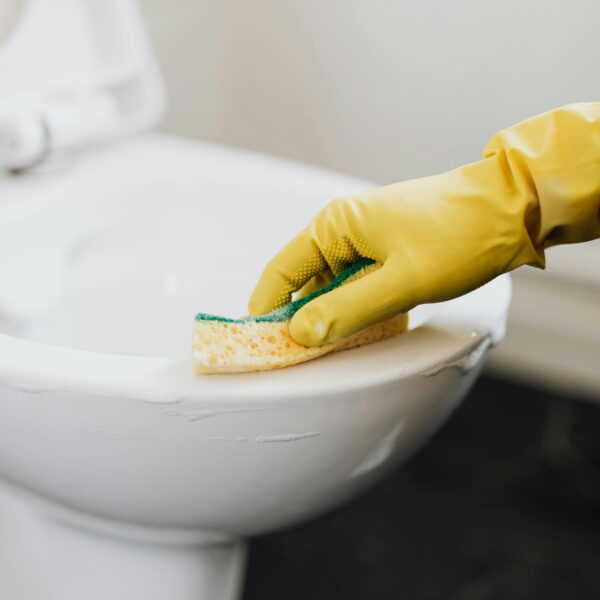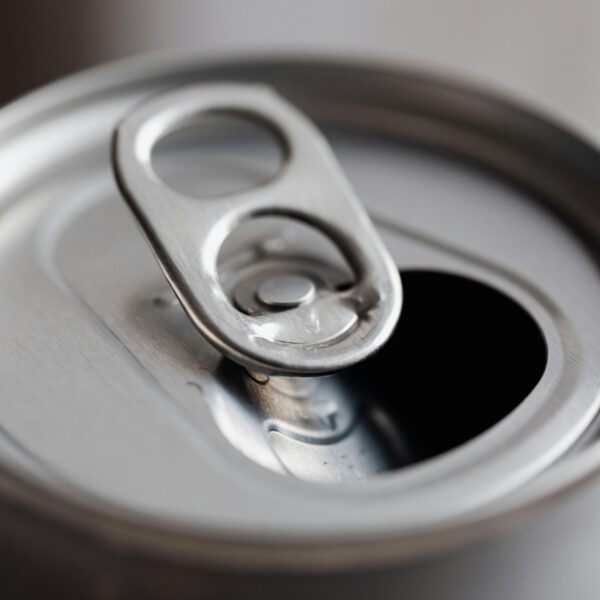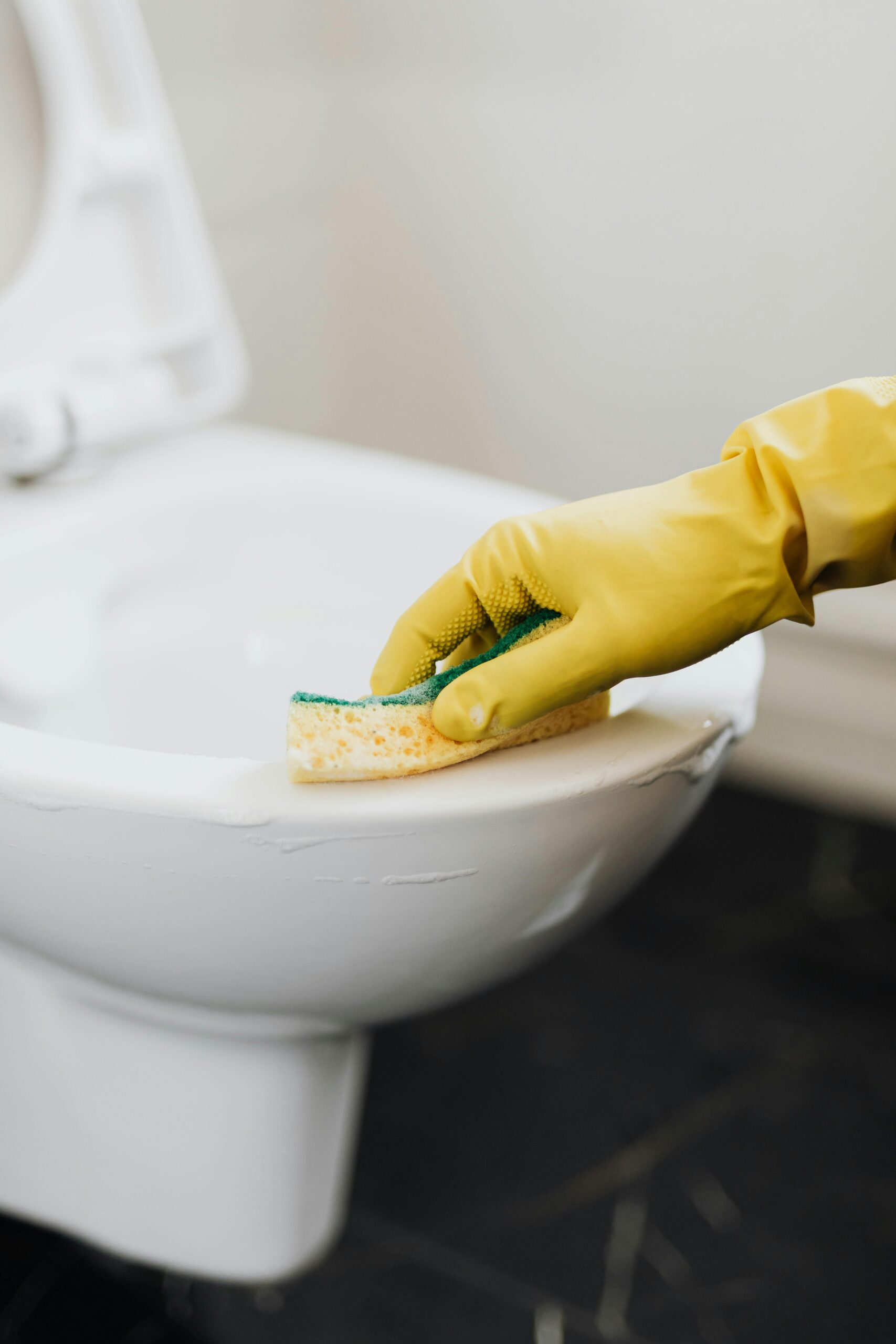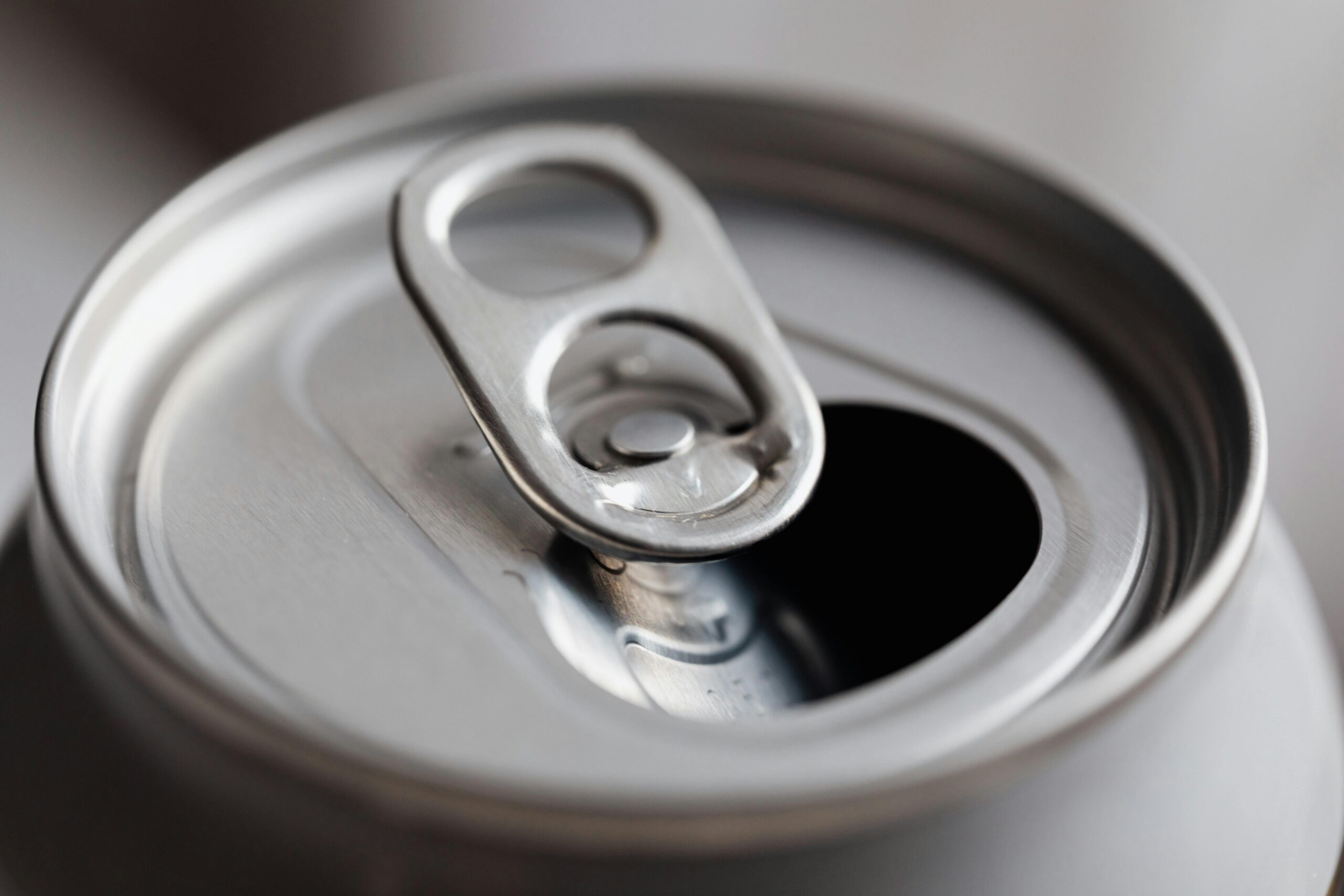Your cart is currently empty!
Report: Microplastics Found in Brain Tissue – A Growing Health Concern
Introduction
Microplastics, tiny plastic particles less than 5 millimeters in size, have become a pervasive environmental pollutant, contaminating air, water, and soil. A recent study highlighted by StudyFinds.org reveals an alarming new dimension to this crisis: microplastics have been detected in human brain tissue. This discovery raises significant concerns about the potential health impacts of microplastic exposure and underscores the urgent need for further research and action. This report summarizes the key findings and implications of the study.
Key Findings
- Presence of Microplastics in Brain Tissue:
- Researchers found microplastics embedded in brain tissue samples, suggesting that these particles can cross the blood-brain barrier, a protective layer that typically prevents harmful substances from entering the brain.
- The study identified various types of microplastics, including polyethylene (used in plastic bags and bottles) and polystyrene (used in packaging and disposable utensils).
- Potential Health Risks:
- The presence of microplastics in the brain raises concerns about their potential to cause neuroinflammation, cognitive impairment, and neurodegenerative diseases such as Alzheimer’s and Parkinson’s.
- Microplastics may also act as carriers for toxic chemicals and pathogens, exacerbating their harmful effects.
- Sources of Microplastic Exposure:
- Food and Water: Microplastics have been found in seafood, drinking water, and even table salt.
- Airborne Particles: Microplastics can be inhaled from dust and airborne pollution.
- Personal Care Products: Many cosmetics and cleaning products contain microbeads, which contribute to microplastic pollution.
- Global Prevalence:
- Microplastics have been detected in virtually every environment on Earth, from the deepest ocean trenches to the highest mountain peaks. Their presence in human tissues suggests that no one is immune to exposure.
Implications of the Study
- Public Health Concerns:
- The discovery of microplastics in brain tissue highlights the need for urgent research into their long-term health effects.
- Vulnerable populations, such as children and the elderly, may be at greater risk of adverse effects.
- Environmental Impact:
- The study underscores the interconnectedness of environmental and human health. Reducing plastic pollution is essential not only for ecosystems but also for public health.
- Regulatory Action:
- Governments and regulatory bodies must take stronger action to limit plastic production, improve waste management, and ban harmful microplastics in consumer products.
- Individual Responsibility:
- Consumers can reduce their exposure to microplastics by avoiding single-use plastics, using water filters, and choosing products free of microbeads.

Recommendations
- Further Research:
- More studies are needed to understand how microplastics enter the brain, their long-term effects, and potential ways to mitigate their impact.
- Policy Changes:
- Implement stricter regulations on plastic production and waste management.
- Ban the use of microplastics in personal care products and other consumer goods.
- Public Awareness:
- Educate the public about the risks of microplastics and how to reduce exposure.
- Promote sustainable alternatives to plastic, such as biodegradable materials.
- Global Cooperation:
- Address plastic pollution as a global issue, requiring international collaboration and shared solutions.
Conclusion
The discovery of microplastics in human brain tissue is a stark reminder of the far-reaching consequences of plastic pollution. As these tiny particles infiltrate our bodies and potentially harm our health, the need for immediate action has never been clearer. By advancing research, implementing stronger regulations, and promoting sustainable practices, we can protect both human health and the environment from the growing threat of microplastics.
Prepared by: FR Staff
This report is based on the article published by StudyFinds.org. For more details, refer to the original source.
TheHill.com Just In Unbiased Politics News
- Democrats demand details on planned Energy Department layoffsby Alexander Bolton on October 20, 2025 at 4:34 PM
Senior Democratic members of the Senate and House Appropriations committees are demanding the Trump administration provide details on plans to fire scores of employees from the Department of Energy, warning that mass layoffs “will hurt communities across the country.” Sen. Patty Murray (D-Wash.), the vice chair of the Senate Appropriations panel, and Rep. Marcy Kaptur…
- Trump is right to tell Zelensky, ‘No Tomahawks for Ukraine yet’by Robby Soave, opinion contributor on October 20, 2025 at 4:30 PM
President Putin, the ball is now in your court.
- After Israel’s strike on Qatar, a US strategic shiftby April Longley Alley and Abdulkhaleq Abdulla, opinion contributors on October 20, 2025 at 4:30 PM
The silver lining to the Doha strike may be the newfound Gulf 3 alignment.
- Trump signs critical minerals agreement with Australiaby Brett Samuels on October 20, 2025 at 4:25 PM
President Trump on Monday signed an agreement to heighten cooperation with Australia on rare earth material and critical minerals. Trump signed the agreement alongside Australian Prime Minister Anthony Albanese, who visited the White House. “We are discussing critical minerals and rare earths, and we’re going to be signing an agreement that’s been negotiated over a…
- Speaker Johnson says Trump ‘No Kings’ AI video was satireby Emily Brooks on October 20, 2025 at 4:25 PM
Speaker Mike Johnson (R-La.) on Monday dismissed an AI-generated video President Trump posted, showing him wearing a crown in a fighter jet and dropping brown sludge on “No Kings” protesters, as “satire,” asserting that some of the protesters at Saturday’s rallies were “trying to incite violence.” “You say that Democrats had a ‘hate America’ rally….
Featured Articles
Search
Author Details













Leave a Reply